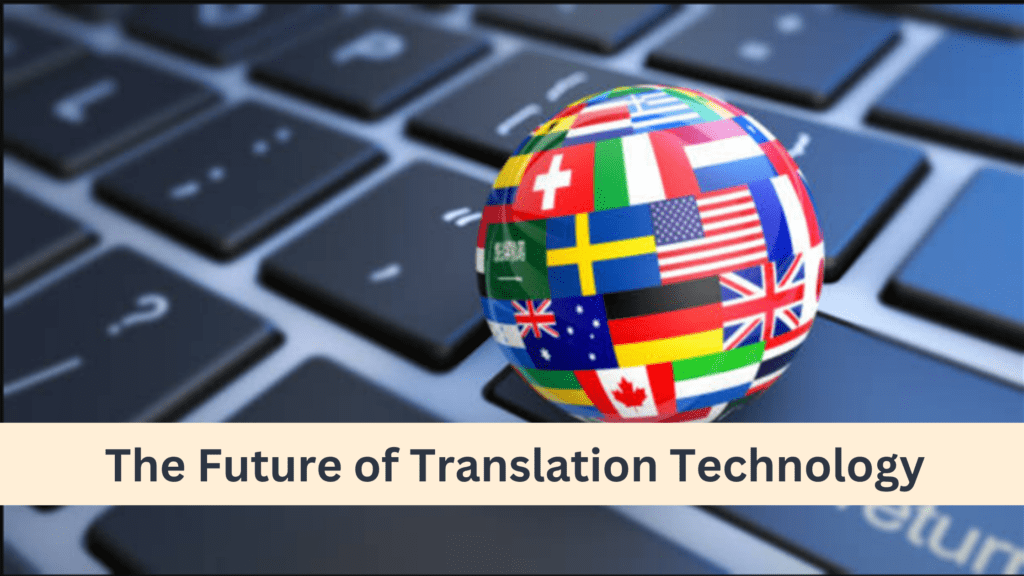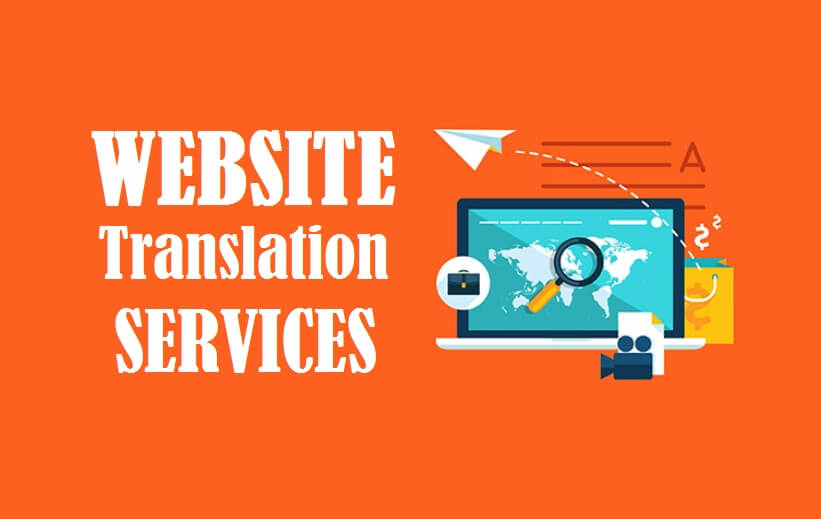Introduction
As the world becomes increasingly connected, the relevance of quick and efficient translation has never been greater. From businesses expanding into global markets to individuals communicating with people from different parts of the world, communicating effectively across language and geographical barriers has become essential. In the past, translation was often a slow and expensive process requiring much human effort. However, with the development of machine translation technology, the translation process of professional translation services has become significantly more efficient. Machine translation uses algorithms to translate text from one language to another, with varying degrees of accuracy depending on the complexity of the context and language of its usage. While machine translation is evolving ever since, it still has its limitations. The nuances of language, cultural differences, and the complexities of certain industries require a level of human expertise that machine translation cannot yet replicate. This is where translation technology’s future lies: combining machine translation efficiency with human translators’ expertise.
One trend to watch in the future of translation technology is the development of artificial intelligence (AI) that can learn from human translators. By analyzing the work of human translators, AI can learn to recognize patterns and understand the nuances of language, improving its accuracy and efficiency over time. This technology is already being used in some translation tools, but as AI develops, it is likely to become even more advanced.
Trends to watch in translation technology
1. Machine learning and Artificial Intelligence
2. Neural machine translation
3. Cloud-based translation
4. Computer-based translation tools
5. Timeless human translation
Translation technology today
Translation technology is thriving tremendously presently. Today, numerous tools and platforms are available that make translation more accurate, efficient, and fast than ever before. Machine translation tools such as Google Translate and Microsoft Translator can translate text from one language to another with varying degrees of accuracy. Meanwhile, translation memory tools such as SDL Trados and MemoQ can speed up the translation process by storing previously translated text for future use.
Other technologies, such as neural machine translation and natural language processing, are also making strides in improving translation quality. These technologies operate with the use of algorithms and artificial intelligence to analyze language patterns and provide more accurate translations.
Overall, the translation technology industry is constantly evolving and improving, making it easier than ever for individuals and businesses to communicate across language barriers. However, it is vital to acknowledge that while these tools can be incredibly helpful, they still have limitations, and the expertise of human translators is often necessary to ensure accurate and culturally appropriate translations.
Trends in Translation Technology
1. Machine Learning and Artificial Intelligence
Translation technology has evolved through the years, and with the coming up of machine learning and artificial intelligence (AI), it is undergoing a transformation. AI and machine learning have significantly contributed to translation technology and are revolutionizing how we approach translation. Machine learning algorithms analyze large quantities of data and can identify patterns and relationships between words and phrases in different languages. This has enabled the development of more accurate and efficient translation tools, such as machine translation (MT) engines, that can translate entire documents quickly and with greater accuracy. Artificial intelligence is also transforming the field of translation technology. AI-powered translation tools can learn from human feedback, adapt to new terminology and context, and can even provide suggestions for improved translations. This is particularly useful in legal, technical, and healthcare translation industries, where precision and accuracy are essential.
Overall, machine learning and AI in translation technology enable faster, more accurate, and more efficient translations, making it easier for people worldwide to communicate with one another.
2. Neural Machine translation
Neural Machine Translation (NMT) is a translation technology that utilizes artificial neural networks to translate text from one language to another. It is a major trend in the field of translation technology that has revolutionized the way translations are done. Unlike traditional translation approaches, which rely on rule-based algorithms, NMT uses deep learning techniques to analyze and understand the context of the translated text. This allows for more accurate and contextually appropriate translations, resulting in higher-quality output.
The capability to learn from a wide range of data is one of the key advantages of NMT, allowing it to improve its translation accuracy over time. Language service providers have widely adopted this technology, significantly improving translation speed, accuracy, and consistency. While NMT is not without its limitations, such as its reliance on large amounts of data and its potential for bias, it is a rapidly advancing technology that has already had a major impact on the translation industry.
3. Cloud-Based translation
Cloud-based translation services are a rapidly growing trend in the field of translation technology. These services allow users to access translation software and resources through a web-based interface without requiring specialized software or hardware. One of the key benefits of cloud-based certified translation services is their scalability. Users can scale up or down their translation needs with ease based on the size of their project or the number of languages required. Additionally, cloud-based services offer increased collaboration and accessibility, giving access to multiple users to work on the same project simultaneously and from different locations.
The integration of AI and Machine Learning (ML) technologies is another crucial trend in cloud-based translation services. These technologies can improve translation quality by providing more accurate and consistent translations while increasing efficiency by automating different aspects of the translation process. Overall, cloud-based translation services offer a valuable and productive solution for businesses and individuals who require competent and professional translation services. As the demand for multilingual communication grows, cloud-based translation services will likely become an increasingly important tool in the translation industry, followed by every translation agency as well.
4. Computer-Assisted Translation tools
Computer-Assisted Translation (CAT) tools are a trend in translation technology that has been growing steadily in recent years. CAT tools are software programs that help translators to increase productivity and accuracy by providing features such as translation memories, glossaries, and termbases. Translation memories (TM) are databases that store previously translated sentences, which can be reused in future translations, saving time and ensuring consistency. Glossaries and termbases are tools that help translators to maintain a consistent terminology across different translations.
CAT tools also provide features for quality assurance, such as spell checking, grammar checking, and style checking, which help translators to avoid errors and improve the overall quality of their translations. Recent advances in Artificial Intelligence and Natural Language Processing have allowed CAT tools to incorporate machine translation and neural machine translation, which enable faster translation and higher accuracy
5. Blockchain translation
Another trend to watch is the use of blockchain technology in translation. Blockchain is a decentralized system that allows for secure and transparent transactions, making it an ideal solution for the often-complex payment and contracting processes that come with translation. Using blockchain, certified translation services can streamline processes and ensure that translators and clients are paid fairly and promptly.
6. Timeless human translation
While translation technology has come a long way, human translators still have a vital role in the industry. Human translators are better equipped to care for different content types, like legal or medical documents, requiring high accuracy and precision. Human translators can also consider cultural nuances and regional dialects, which is especially important for marketing and advertising translations.
The Future of translation technology
The translation industry will likely continue to evolve and change in the coming years. Advances in machine learning and AI are likely to make translation technology even more accurate and efficient. However, potential risks and challenges are associated with these developments, such as the risk of bias in AI-powered translations. It’s also important to remember that translation technology should be used as a complement to human translation rather than a replacement.
Conclusion
The future of translation technology is promising. With machine learning and artificial intelligence advancements, we can expect to see more sophisticated and accurate translation tools. The increasing demand for professional translation services across industries and languages will continue to drive the development of new technologies and tools that cater to specific needs. We can also see an increase in the use of neural machine translation, significantly improving accuracy and fluency.
However, it is important to note that human translators will still play a crucial role in the translation industry. While technology can automate many aspects of the translation process, it cannot replace the nuances and cultural context only a human translator can provide. As translation technology evolves, it will be important to balance automation and human expertise to ensure the highest quality of translations, as provided by VerboLabs. With these trends to watch, the future of translation technology looks promising and exciting.



